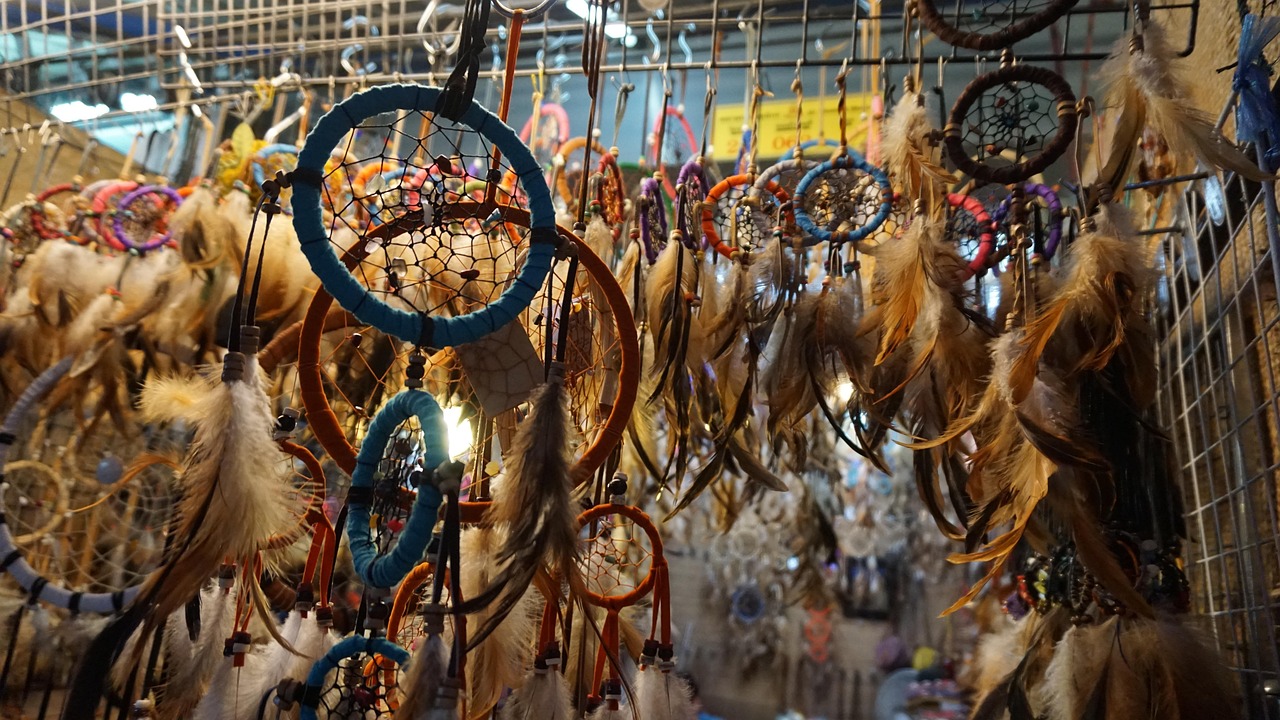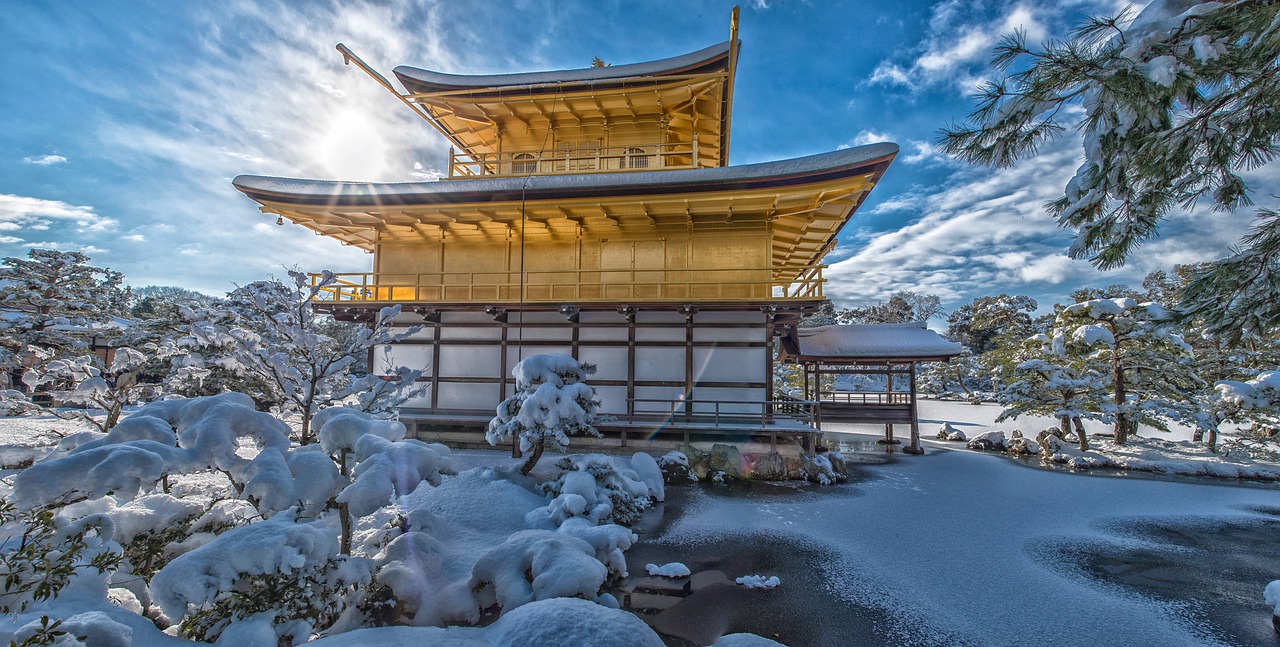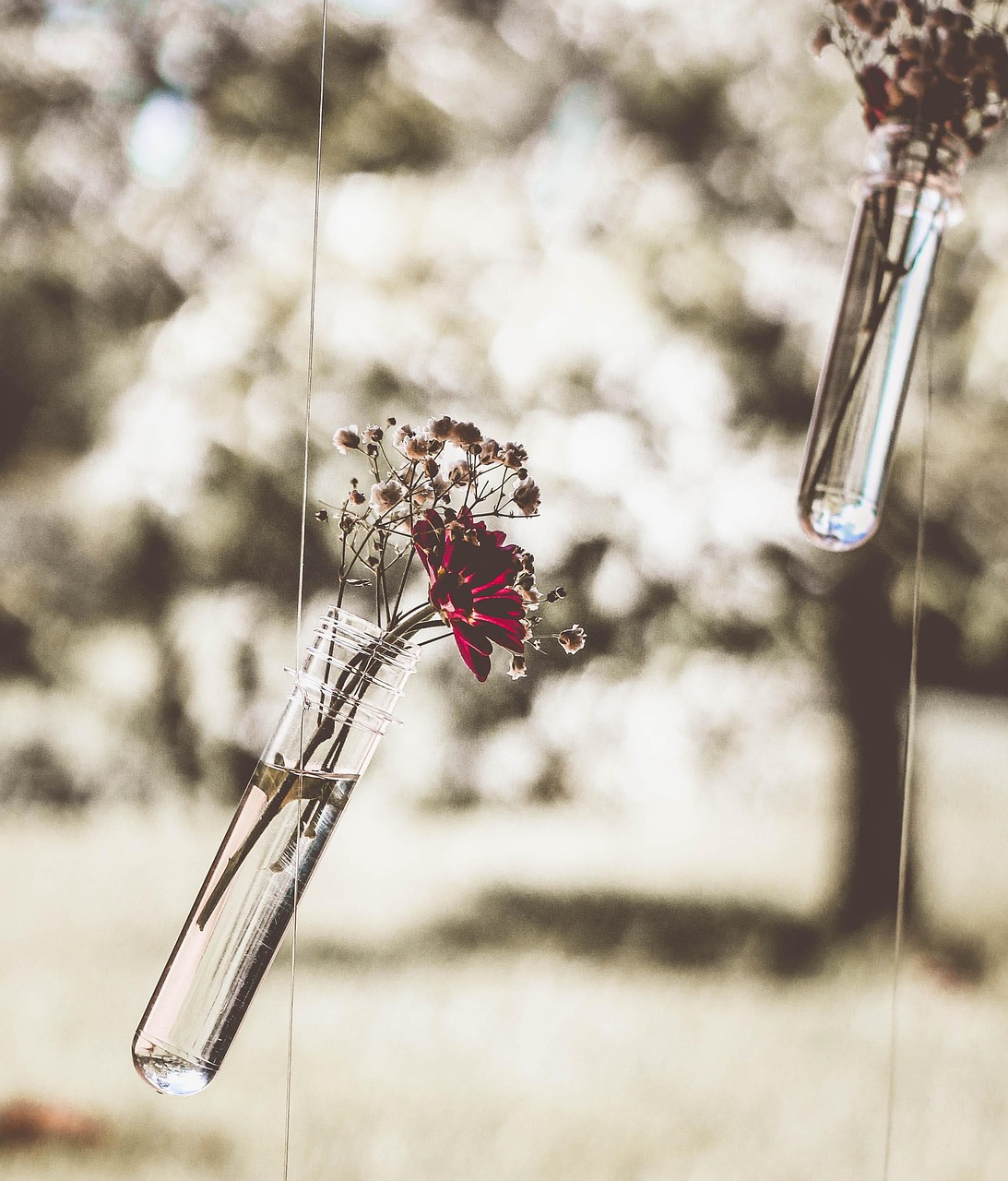This article delves into the allure of traditional Chinese opera from an English perspective. It highlights the unique aspects of this art form, such as its rich history, elaborate costumes, and distinct singing styles. The piece also discusses the cultural significance of Chinese opera and its role in preserving Chinese heritage. By examining the intricacies of this performance art, the article aims to provide an in-depth understanding of its charm and appeal to English-speaking audiences.
Chinese opera, a vibrant and diverse art form with a history spanning over a thousand years, is a cornerstone of Chinese culture. It is a theatrical genre that combines music, vocal performance, mime, dance, and acrobatics. To understand and appreciate this rich cultural heritage, it is essential to explore how this art form is expressed and appreciated in the English language.
The term "Chinese opera" in English captures the essence of this traditional performing art. It is a broad category that encompasses a variety of regional styles, each with its own unique characteristics and repertoire. Some of the most well-known forms include Peking Opera (Jingju), Yue Opera (Yueju), and Kunqu Opera (Kunju), among others.
The English language provides a rich vocabulary to describe the various elements of Chinese opera. For instance, the performers are often referred to as "opera singers" or "performing artists," highlighting their dual role in singing and acting. The elaborate costumes worn by these artists are described as "costumes" or "traditional attire," emphasizing the cultural significance and the visual spectacle they present.
One of the most striking features of Chinese opera is its use of facial makeup, known in English as "facial makeup" or "opera makeup." This makeup is not only used for aesthetic purposes but also to convey the character's personality and role within the story. For example, a white face might indicate a villainous character, while a red face could signify a brave and loyal hero.
The music in Chinese opera is referred to as "opera music" or "traditional Chinese music." It is characterized by the use of traditional Chinese instruments such as the erhu (a two-stringed fiddle), pipa (a four-stringed lute), and suona (a double-reed horn). These instruments provide a distinctive sound that is integral to the opera's atmosphere and emotional impact.
Vocal performance, or "singing," in Chinese opera is a highly stylized art. It is often described as "opera singing" or "singing in the opera style." The singers use a combination of bel canto (beautiful singing) and recitative (a style of singing that resembles speech) to tell the story and express the characters' emotions.
Mime, or "pantomime," is another crucial aspect of Chinese opera. Performers use a series of gestures and movements to convey the story without the use of spoken language. This form of non-verbal communication is referred to as "mime" or "mime acting" in English.
Dance is an integral part of Chinese opera, often referred to as "opera dance" or "traditional Chinese dance." It is a highly stylized form of movement that combines elements of martial arts, acrobatics, and traditional dance. The grace and precision of these movements add a layer of visual poetry to the performance.
Acrobatics, known as "acrobatic feats" or "acrobatic performances," are another spectacle in Chinese opera. Performers display incredible agility and strength, often incorporating elements of traditional Chinese martial arts into their routines.
The stories told in Chinese opera are often based on historical events, legends, and folklore. These narratives are described in English as "opera stories" or "opera plots." They are a window into Chinese history and culture, providing insights into the values, beliefs, and social structures of the time.
Appreciating Chinese opera in English also involves understanding the terminology used to describe the various roles within the opera. For example, the lead male role is called the "sheng," while the lead female role is known as the "dan." Supporting roles include the "jing" (painted face), who often plays the villain, and the "chou" (clown), who provides comic relief.
In conclusion, the English language offers a rich tapestry of words and phrases to describe and appreciate the intricacies of Chinese opera. By exploring these terms, one can gain a deeper understanding of this ancient art form and its enduring appeal. Whether it's the melodious "opera singing," the dramatic "facial makeup," the graceful "opera dance," or the thrilling "acrobatic feats," Chinese opera is a cultural treasure that transcends language barriers, offering a universal language of emotion, storytelling, and human experience.





 京公网安备11000000000001号
京公网安备11000000000001号 京ICP备18057566号-3
京ICP备18057566号-3